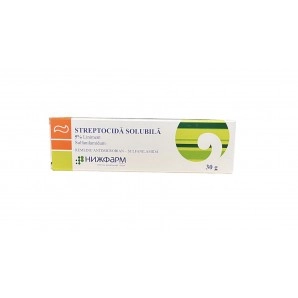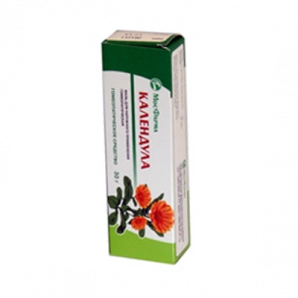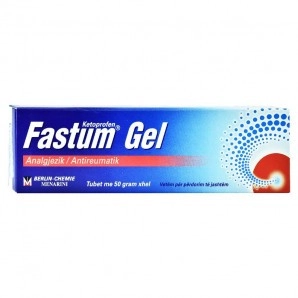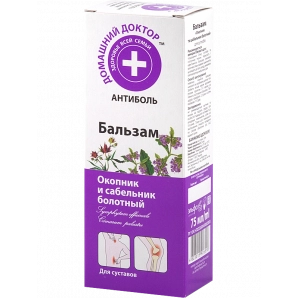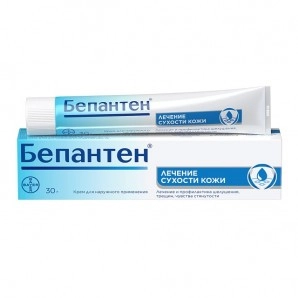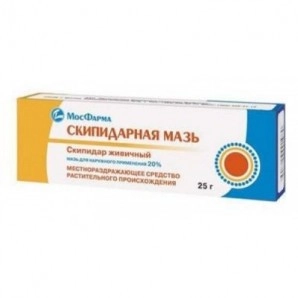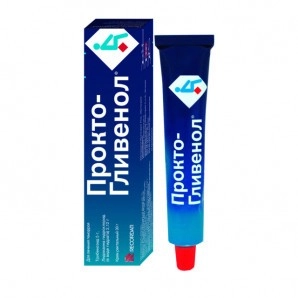-
OTC
- Allergy
- Antiparasitic Agents
- Painkillers and Antispasmodics
- Venotonics
- Dermatological Agents
- Gastrointestinal Tract
- Immunomodulators
- Infectious and Inflammatory
- Weight Control, Weight Loss
- Neurological Agents
- Ophthalmic Preparations
- Cardiovascular Diseases
- Sleep Aids
- Cold and Flu Remedies
- Thyroid Disorders
- Diabetes Treatments
- Urological Agents
- Sedatives
- Ear Drops
- Vitamins and Minerals
- Men's Health
- Women's Health
- Laxatives
- Liver Disease Treatments
- Hemorrhoid Treatments
- Nasal Drops and Sprays
- Antiseptic
- Bruises and Contusions
- Antifungal Agents
- Blood Pressure Medications
- Joint Pain
- Oils
- Dry Herbs & Berries
- Ointments
- Herbal Teas
- Tinctures
- Syrups
- Beauty
This information is for general purposes only and should not be considered as medical advice. Always consult with a qualified healthcare professional for any medical concerns or questions you may have.
Lorinden C Ointment 15g: A Comprehensive Guide
Lorinden C ointment 15g is a popular medication used to treat various skin conditions. It contains a combination of two active ingredients, flumethasone pivalate and clioquinol, which work together to provide relief from inflammation and infection. In this article, we will explore the ingredients and composition, indications and uses, precautions and side effects, and provide a conclusion on the use of Lorinden C ointment.
Ingredients and Composition
Lorinden C ointment contains 0.02% flumethasone pivalate, which is a potent corticosteroid that helps reduce inflammation, and 3% clioquinol, which has antibacterial and antifungal properties. These ingredients work synergistically to relieve itching, redness, and swelling associated with various dermatological conditions.
Indications and Uses
Lorinden C ointment is indicated for the treatment of inflammatory and pruritic dermatoses, such as eczema, psoriasis, and dermatitis. It is also effective in treating secondary bacterial or fungal infections of the skin. The ointment should be applied sparingly to the affected area, and the duration of treatment should be limited to the shortest possible time to minimize the risk of side effects.
Precautions and Side Effects
Like any medication, Lorinden C ointment carries a risk of side effects. Prolonged use can lead to skin thinning, stretch marks, and a weakened immune system. It should not be used on broken or infected skin, and caution should be exercised when applying it to the face, groin, or armpits. Additionally, individuals with a history of hypersensitivity to corticosteroids or clioquinol should avoid using this medication.
Conclusion
Lorinden C ointment 15g is a valuable treatment option for various inflammatory skin conditions. However, it should be used with caution and under the guidance of a healthcare professional to minimize the risk of side effects. If you are considering using Lorinden C ointment, consult with your doctor to discuss the potential benefits and risks based on your individual circumstances.
Note: This article is for informational purposes only and should not be considered medical advice.
Additional Information
| SKU | st-30452 |
|---|---|
| Brand | No |
| Size | No |
| Manufacturer | No |
- Be the first to review this product
Write Your Own Review
Products on sale
Regular Price: $21.99
Special Price $17.99
Regular Price: $10.49
Special Price $8.99
Regular Price: $20.99
Special Price $17.99
Regular Price: $7.99
Special Price $4.99
Regular Price: $14.99
Special Price $9.99
Regular Price: $7.99
Special Price $5.99
Regular Price: $12.99
Special Price $8.99
Regular Price: $10.99
Special Price $8.99
Regular Price: $4.99
Special Price $2.99
Also Purchased











